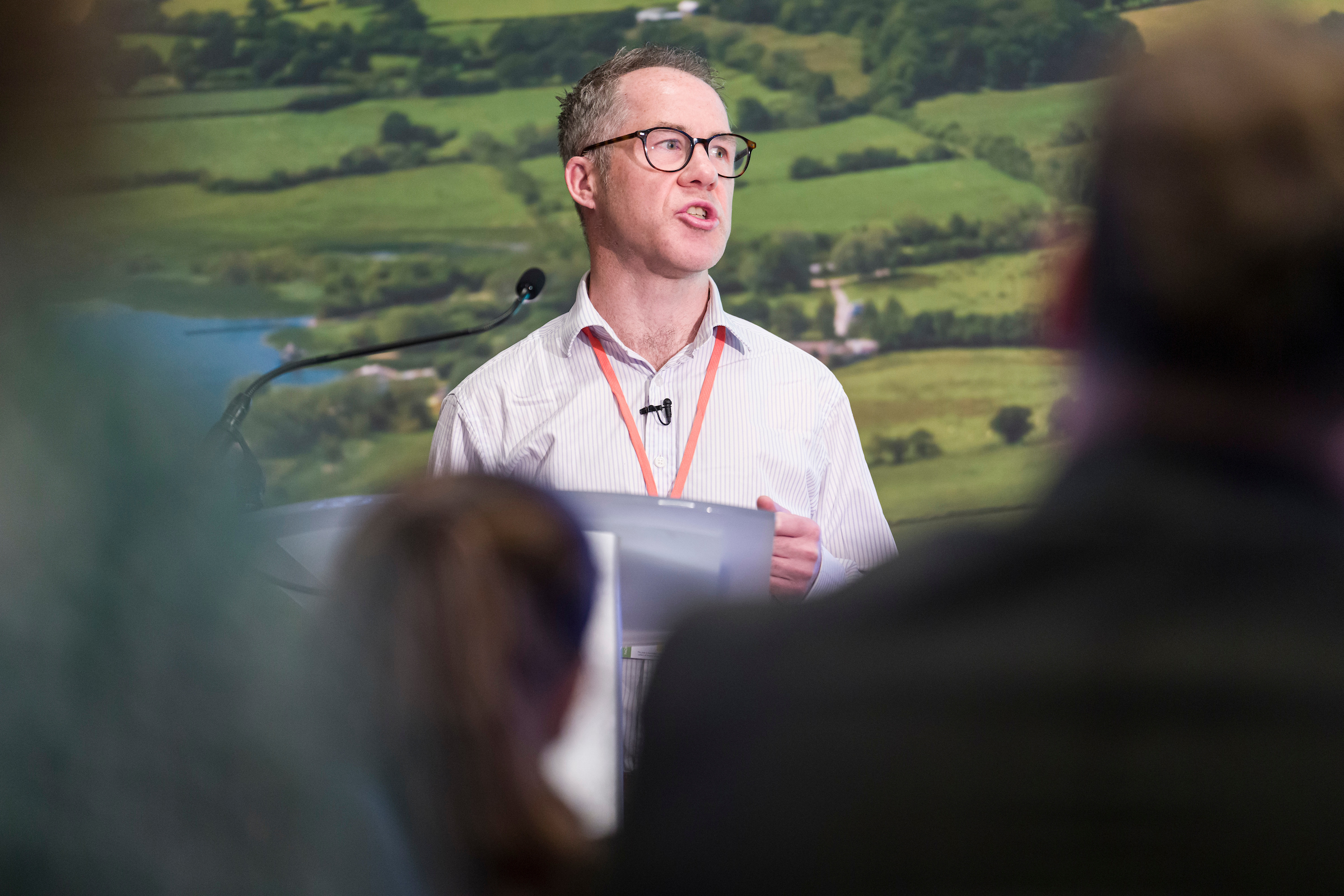Ofgem’s recently announced reform to accelerate grid connections for new green energy projects is opening up substantial income opportunities for landowners across the UK, says Keir Doe, Managing Director of Renewables Connect, an innovative all-agency platform which ‘matchmakes’ landowners with renewables developers.
The platform, which has been dubbed the ‘Tinder for Renewables’, was launched last May and is free and no obligation for landowners – whether farmers, country estate owners or local councils – to list on.
“We’ve seen lots of activity on the platform in recent weeks as this reform is creating opportunity for new – and some previously rejected – projects to get connected to the grid quickly,” says Keir, who farms near Errol in Perthshire and has his own land consultancy where he has seen renewables projects from both landowner and developer perspectives.
“There’s been a major backlog preventing new projects connecting to the grid due to the traditional ‘first-come, first-served’ process. Some projects have connection dates of 10+ years. This reform will get rid of speculative ‘zombie’ projects that have been holding up the queue and prioritise new solar farms, wind turbines and battery storage that are ready and strategically placed for the grid. This is a great opportunity for landowners if they have some land that could secure a lucrative rental income from a renewable energy project.“
This, combined with the drive for data centres and hydrogen power, which are powered by renewables, and changes to planning policy, means there is considerable potential for those with land. Projects that have previously been refused or deemed unviable may now be sought after by developers, adds Keir.
“It doesn’t have to be one large area, it could be marginal land on the edge of a farm, estate or a town. These smaller parcels can create a critical mass in one region that can then become an investible project for a renewables developer.”
Renewables Connect currently has more than 9,000 hectares of land listed on its platform, from Shetland to Cornwall. Its interactive digital map allows landowners to list land areas and for developers to view, filter, and assess their suitability for green energy projects including wind, solar or battery storage. Large areas of land are often attractive for developers, but the ‘co-location’ of neighbouring smaller parcels is where Renewables Connect can create matches that may not otherwise be obvious.
“This has been a gamechanger,” explains Keir. “Not every landowner wants a large-scale project on their land, or to take productive arable land out of commission, but this allows for smaller and poorer quality parcels to become greater than the sum of their parts. It’s a win for both parties as it creates good passive income for the less productive land and forges greater potential for renewables projects.”
Following the recent UK Government reports that average farm income has fallen significantly, this is an opportunity to diversify the business or can also help with succession planning, adds Keir:
“Such a drastic drop in income is difficult for any business but this comes at a time when farm businesses are faced with additional cost pressures and tax increases. Rental income from renewable energy development can provide a steady, passive additional income stream. It’s free and quick to list on the Renewables Connect Platform and doesn’t tie you to anything. It may be the most profitable 10 minutes of a landowner’s year!”
One of the biggest potential renewables growth areas is onshore wind, says Keir:
“The demand for this and solar will also grow with the plans for data centres, large buildings which store and process data, and the investment in hydrogen technology, both of which need substantial renewable power sources.”
In Scotland, where changes in the National Planning Framework 4 eased restrictions on the visual impact of renewables, previously refused wind farms may now be able to secure planning consent.
Renewables Connect is also having positive discussions with local authorities:
“We’re seeing increasing interest from councils who see the benefits of listing land to help generate income, reduce dependency on central budgets and deliver community benefit. Equally, projects like the recently approved community wind initiative on Arran are proving what’s possible and it’s something we could see replicated in other areas across the UK.”
The grid reform is part of the UK’s ambition to decarbonise the national power supply by 2030, with the first wave of post-reform projects expected to be up and running in early 2026.
“The UK will not meet its 2030 net-zero targets without a massive acceleration in renewable project delivery,” says Keir. “This starts with land and as a landowner, if you are keen you need to be actively promoting your land to let renewables developers know you are interested. This can be daunting, expensive and difficult to know where to start. That’s why we built Renewables Connect, to be a transparent, one-stop shop, free for landowners or their land agents to promote their sites and easy for developers to identify new opportunities.”

